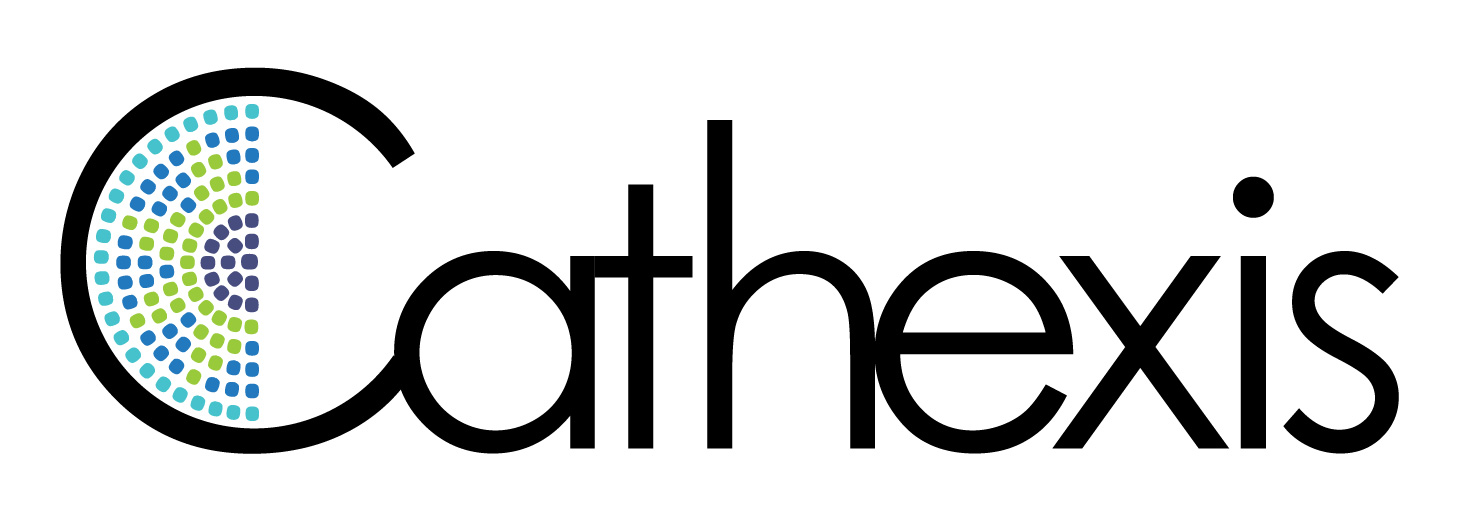Did you make it out to our 2013 AEA presentation on shared measurement strategies? We had a great group and our collective brains had a great discussion…so great that we can’t share everything that we talked about. But, here are a few key lessons we came up with to help you the next time you are considering a shared measurement strategy:
Working with multiple stakeholders can lead to a long list of items for measurement. To keep these in check:
- Draw out all perspectives before prioritizing / narrowing scope;
- Stick to the central / core elements of the theory of change (vs. the ‘nice to know’); and
- Help stakeholders to understand implications of additions / changes (e.g., each item we add will mean up to 5 minutes per week extra for program staff!).
Multiple stakeholders means multiple interpretations of program objectives. To reach agreement:
- Define all key concepts concretely, no matter how obvious they might seem;
- Stick to the central / core elements of the concept when developing a working definition; and
- Reassure stakeholders that the working definition for key objectives doesn’t need to be perfect for all purposes; just good enough for this purpose.
Logistics can get messy when working with a diverse group. To nip these in the bud:
- Actively involve representatives from the organizations in the development of measures;
- Pilot test full administration of data collection protocols; and
- Allow time for the full process to unfold.
Stakeholders can lose enthusiasm over a long term evaluation. To keep the project fresh:
- Build in opportunities to reconnect, so that stakeholders feel supported and don’t forget about the evaluation;
- Encourage champions to emerge and encourage others; and
- Provide access to real time data so programs can benefit on an ongoing basis.
